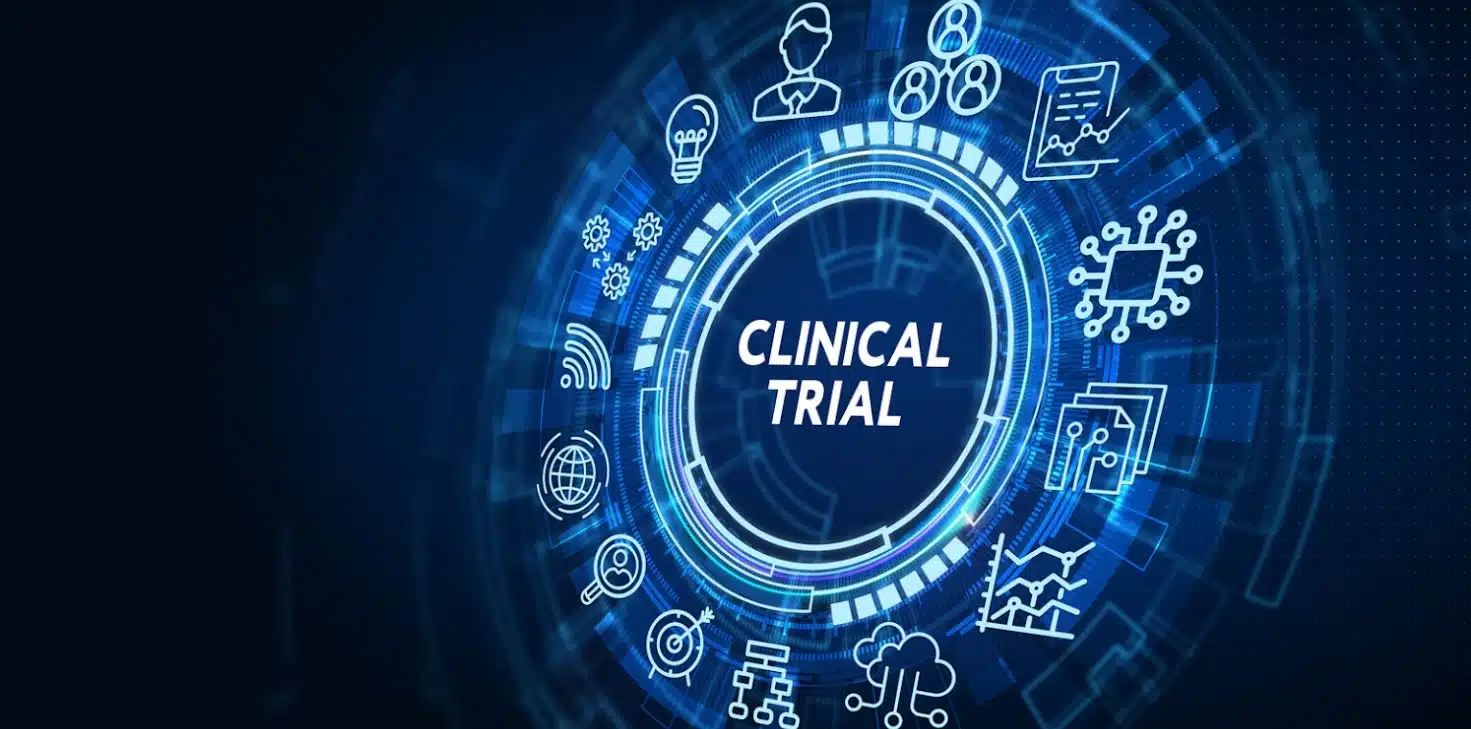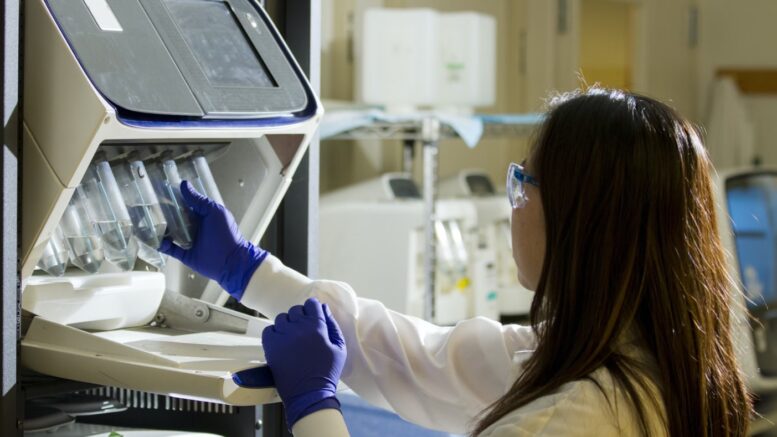Embarking on the journey of developing a new drug is both a scientific endeavor and a meticulous process that requires a carefully crafted workflow. In the realm of pharmaceuticals, where innovation is key, a systematic and elegant approach can make all the difference. From the initial stages of research to the final stages of clinical trials, each step in the drug development process is critical. In this blog post, we’ll explore some invaluable pieces of advice to help streamline your drug development workflow and increase the likelihood of success.
Understanding the Landscape:
Before diving into the laboratory work, it’s essential to have a comprehensive understanding of the therapeutic landscape. Thoroughly research the target disease, its prevalence, and the existing treatments. Identify the unmet needs and opportunities for innovation. This foundational knowledge will not only guide your research but also assist in shaping the overall strategy for drug development. Collaborate with experts in the field to gain insights that can inform your approach.
Robust Research and Development:
The heart of drug development lies in robust research and development (R&D). Invest time and resources in a multidisciplinary team capable of conducting thorough research. Leverage the latest technologies and methodologies to accelerate the R&D process. Establish clear communication channels within the team to ensure seamless collaboration. Regularly review and update your research plan based on emerging data and findings. Flexibility and adaptability are key in this dynamic field.
Biotech Procurement:
In the midst of your drug development journey, efficient biotech procurement becomes a linchpin. Sourcing the right biotechnologies and equipment is crucial for a seamless workflow. Identify reputable suppliers and establish strong partnerships to ensure a steady and reliable supply chain. Whether it’s obtaining high-quality reagents, advanced laboratory equipment, or cutting-edge technologies, a well-thought-out biotech procurement strategy can significantly impact the efficiency and success of your drug development process.
Clinical Trial Design and Execution:

As your drug candidate progresses, meticulous planning and execution of clinical trials become paramount. Design robust clinical trials that adhere to regulatory standards and ethical guidelines. Ensure a diverse and representative patient population to gather comprehensive data. Implement stringent monitoring and quality control measures to uphold the integrity of the trials. Collaborate with experienced clinical research organizations (CROs) to leverage their expertise in trial design, patient recruitment, and data analysis.
Regulatory Strategy and Compliance:
Navigating the regulatory landscape is a complex yet integral aspect of drug development. Develop a clear regulatory strategy early in the process and maintain open communication with regulatory agencies. Stay abreast of evolving regulatory requirements to avoid setbacks. Ensure that your documentation is meticulous and compliant with regulatory standards. Establishing a strong relationship with regulatory authorities fosters a smoother approval process and accelerates the timeline to market.
Optimizing Manufacturing and Scale-Up:
As your drug candidate progresses through clinical trials, it’s crucial to concurrently strategize for manufacturing and scale-up. Collaborate with experts in pharmaceutical manufacturing to optimize processes for scalability while maintaining product quality. Consider factors such as cost-effectiveness, production efficiency, and scalability to meet potential market demands. A seamless transition from clinical-scale production to commercial manufacturing is essential for a timely and cost-effective product launch. Engage with contract manufacturing organizations (CMOs) if necessary, ensuring they align with your quality standards and timelines.
Post-Market Surveillance and Lifecycle Management:
The journey doesn’t end with regulatory approval and market launch. Post-market surveillance and lifecycle management are integral components of drug development. Establish robust pharmacovigilance systems to monitor and evaluate the long-term safety and efficacy of your product. Actively engage with healthcare professionals and patients to gather real-world data and insights. Use this information to make informed decisions about product improvements, expansions, or even new indications. A proactive approach to post-market surveillance not only ensures patient safety but also positions your company as a responsible and responsive player in the pharmaceutical landscape.
Conclusion
In the ever-evolving landscape of drug development, success hinges not only on scientific breakthroughs but also on the finesse with which you navigate the multifaceted journey. From the early stages of research to post-market surveillance, each phase demands a unique set of skills and strategic thinking. By embracing collaboration, staying attuned to technological advancements, and maintaining a vigilant eye on regulatory landscapes, you can navigate the complexities of drug development with grace. Remember that innovation is not a linear process; setbacks are opportunities to learn and improve. As you embark on the noble pursuit of developing new drugs, let the passion for advancing healthcare drive your commitment to an elegant workflow. May your efforts contribute to the well-being of patients and pave the way for a future of transformative medical solutions.
